Explore the Blog

Transportation Plan Endorsement Letter
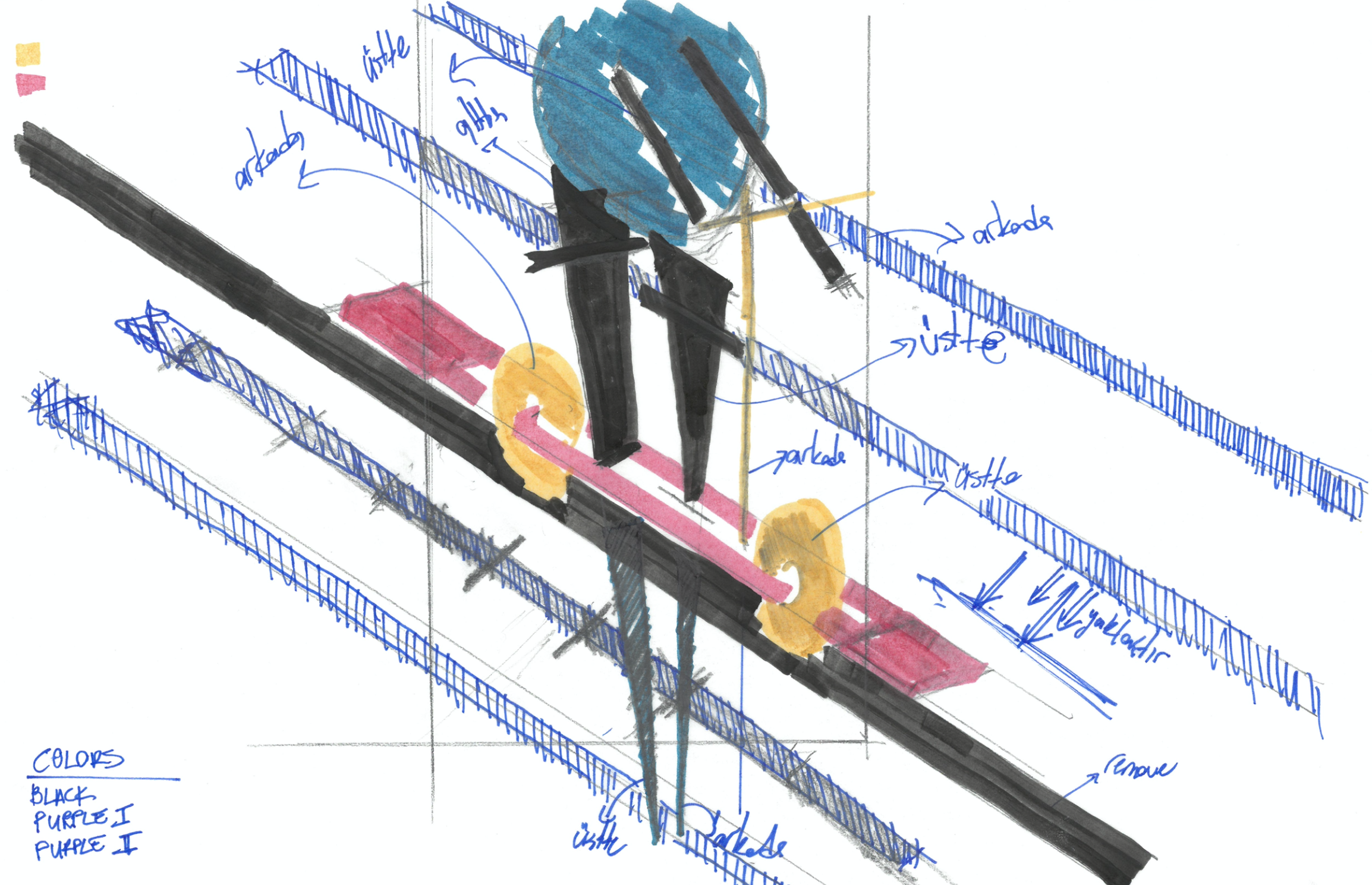
Micromobility: Improving Accessibility
Adapting Urban Environments for City Pets: A Q&A about Pet-Friendly Communities
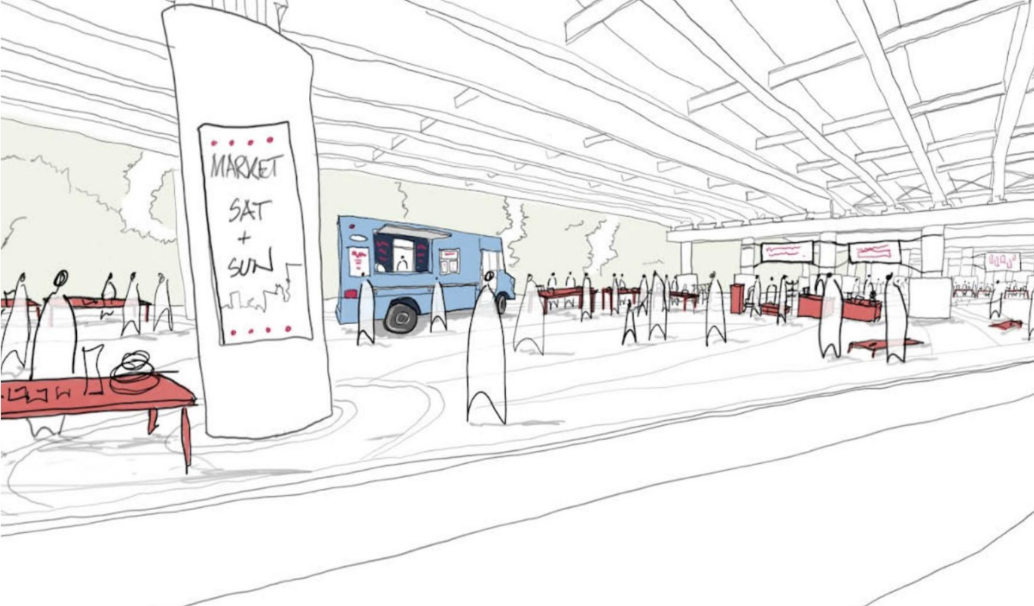
North Nashville Design Studio Projects (2018-2020)
Projects from this document include a range of exciting public space activations aimed at revitalizing historic Jefferson Street and its surrounding neighborhoods. These initiatives are designed to foster community engagement, promote local businesses, and create a welcoming and inclusive environment for residents and visitors alike.

Making a successful park: Church Street Park
Why and How you should implement a parklet in front of your business
Highlights: Women Leading | Civic Change

High school Students map wellness data

What’s in a Brand?

Skyline Social 2020: Guidelines for PARK(ing) Day

John Bela, Gehl | “Public Life In Response to COVID-19”
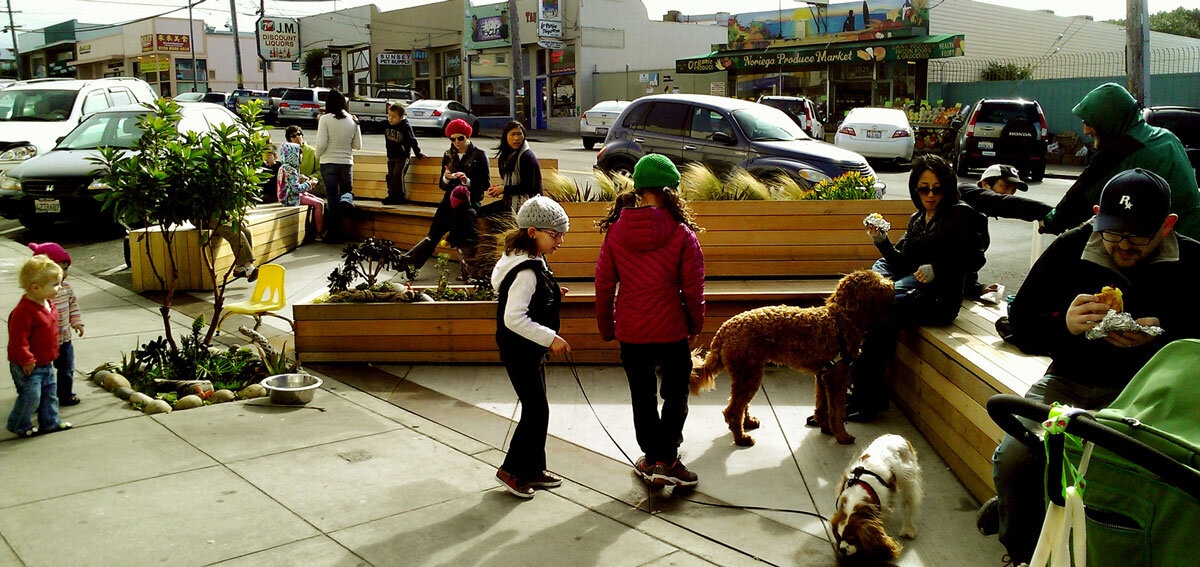
Spark for your bark(let)
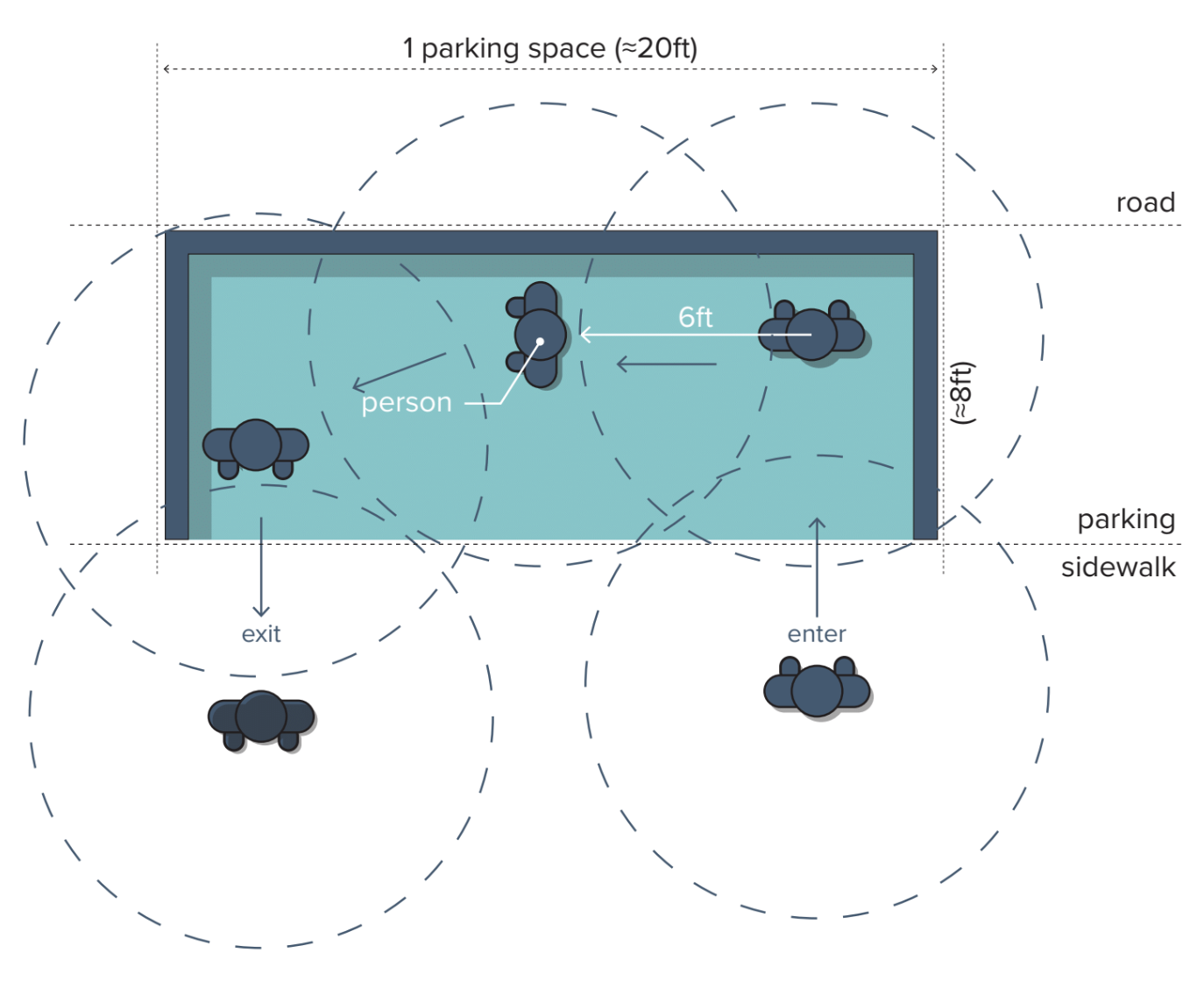
PARK(ing) day 2020 Health Guidelines
PARK(ing) Day Manual

Housing Challenges in Nashville
You said something about the housing challenges in Nashville, and it wasn’t surprising to hear the overwhelming feeling of deficiency - of not having enough. You cited a lack of housing, lack of housing types, lack of diversity, lack of connection to green spaces. We could add a lack of funding, lack of a comprehensive plan, and lack of public support to that list.
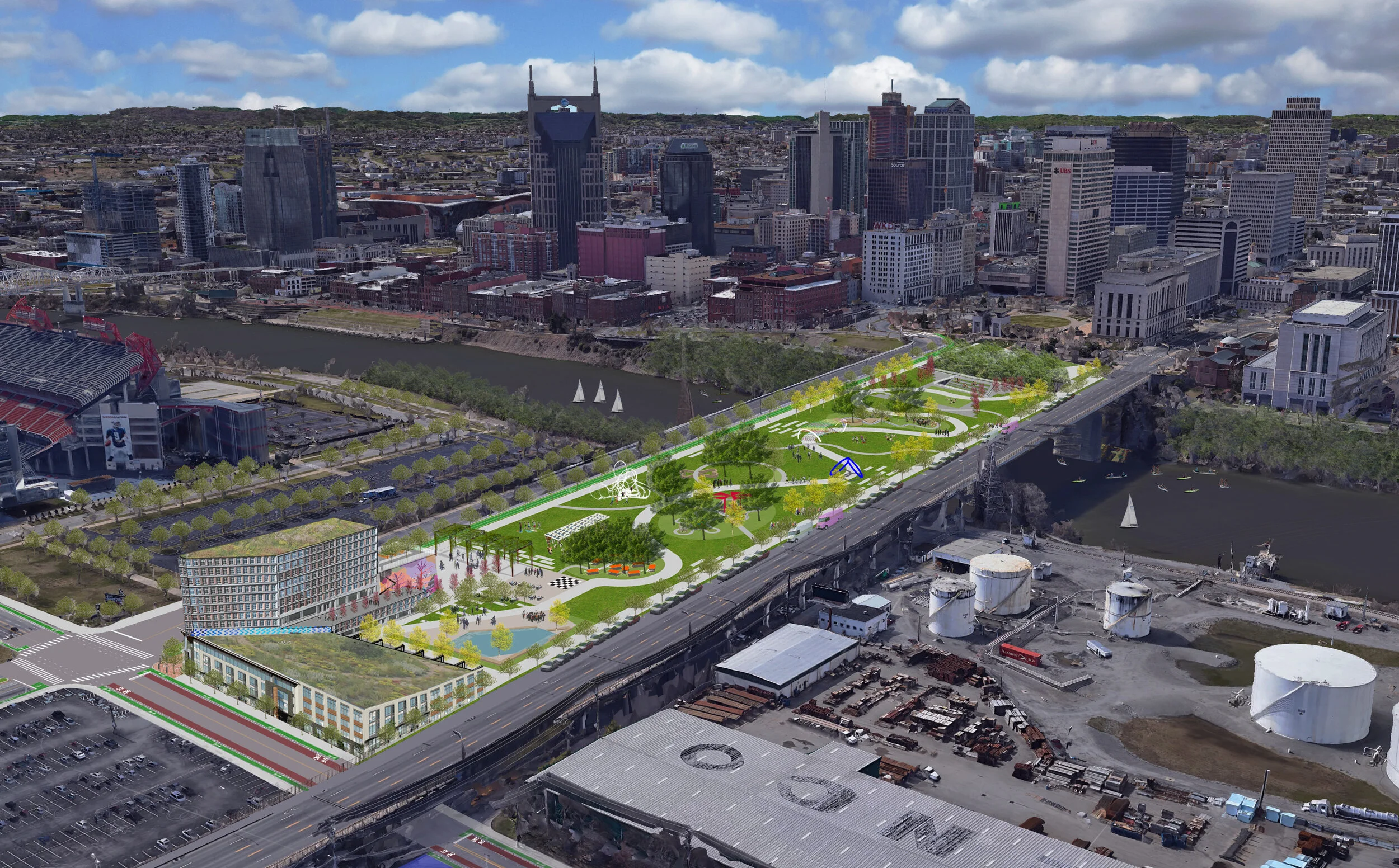
Victory Memorial Bridge Park
With development along the Cumberland Riverfront on the horizon, it is imperative to consider how improvements to connectivity and public space can increase the quality of life in and around downtown Nashville. Throughout Nashville’s history, the Cumberland River has played the role as the epicenter of Nashville’s identity and evolution. It served as a means of transportation and survival in Nashville’s early Native American history, and later European settlements. “It was the river that was the initial lifeline to the rest of the world, connecting Nashville to the Ohio, Tennessee, and Mississippi Rivers—and beyond.” (The Plan of Nashville: Avenues to a Great City). Throughout the early 1800s, the Cumberland continued to act as a key contributor to the economic development of Nashville, connecting the emerging city to major ports like New Orleans by steamboat. By the end of the 19th century, the Cumberland River was at the core of Nashville’s successful industrial economy.
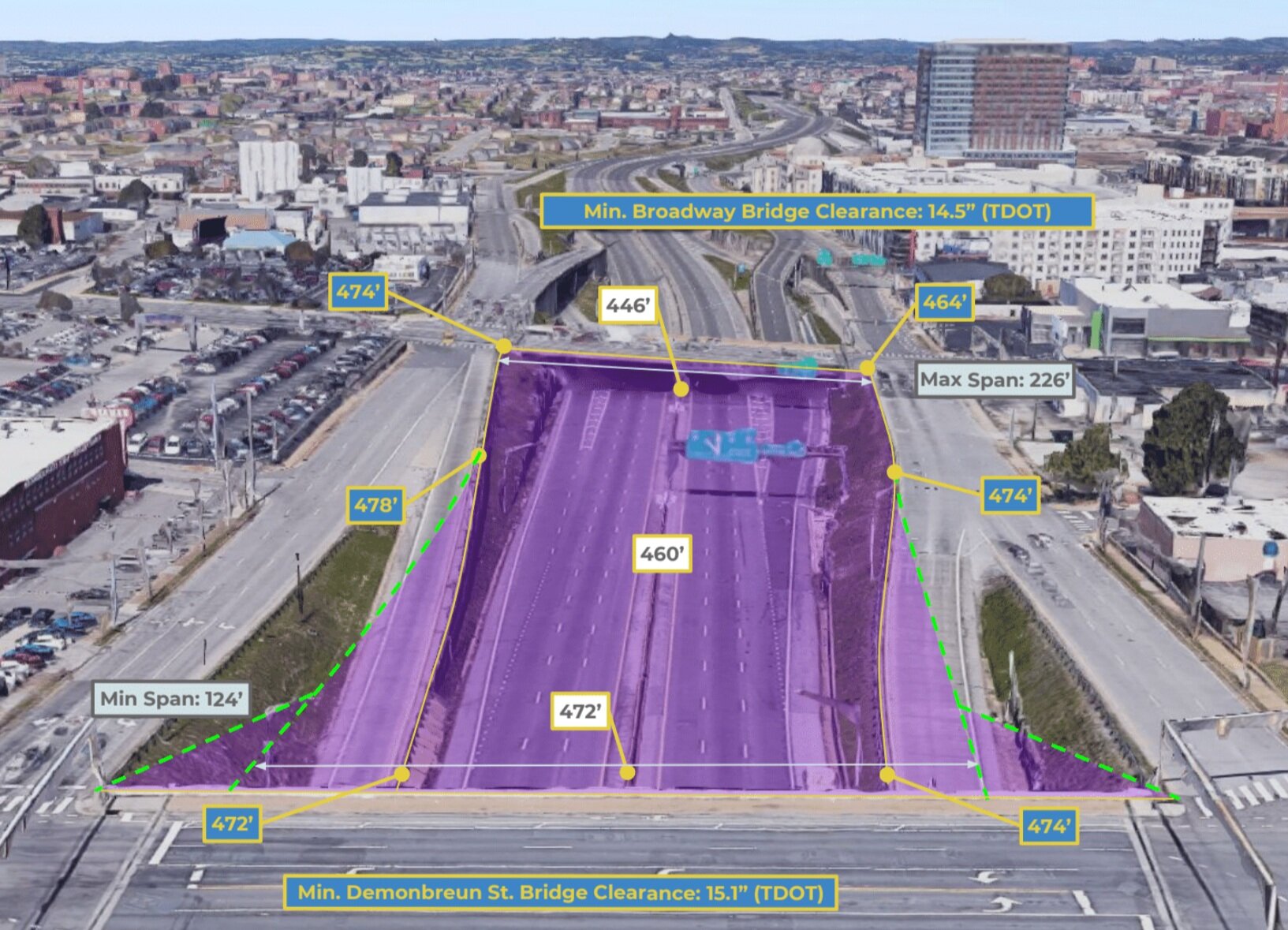
Capping The Interstate
Cities across the US are revisiting the functionality of interstate highways in downtown areas to better connect neighborhoods bisected from mid-century infrastructure. Areas with existing interstates below the grade of a city’s primary street grid have the potential to be capped with a more functional addition, reconnecting the two sides of the interstate. Most examples accomplish this by creating a new public space, in the form of a park, or by constructing a larger bridge to accommodate new liner buildings.
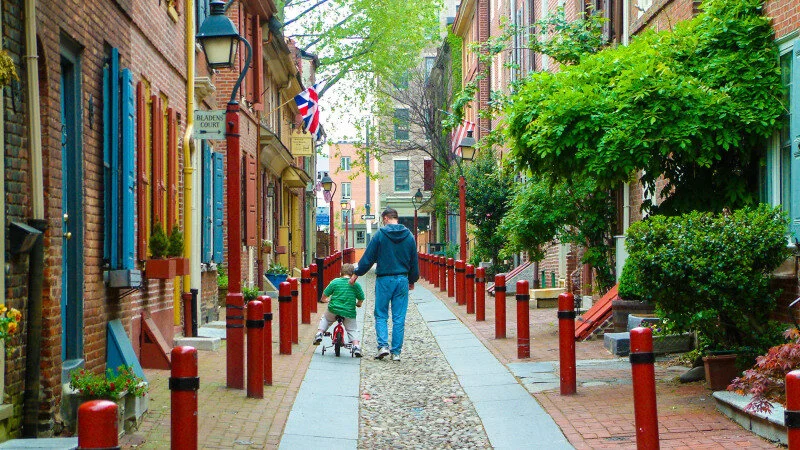
Publication: Alleyways of Nashville
Envisioning strategic solutions for activating Nashville's alleyways for pedestrian benefits

Dreaming Big for Public Space (Part 3 of 3)
Dreaming Big for Public Space, An Alternative Choice for Church Street Park was created to spark conversation about how one of Nashville’s most central parks should be redesigned and celebrated as a gathering place in Downtown.

Dreaming Big for Public Space (Part 2 of 3)
Dreaming Big for Public Space, An Alternative Choice for Church Street Park was created to spark conversation about how one of Nashville’s most central parks should be redesigned and celebrated as a gathering place in Downtown.

